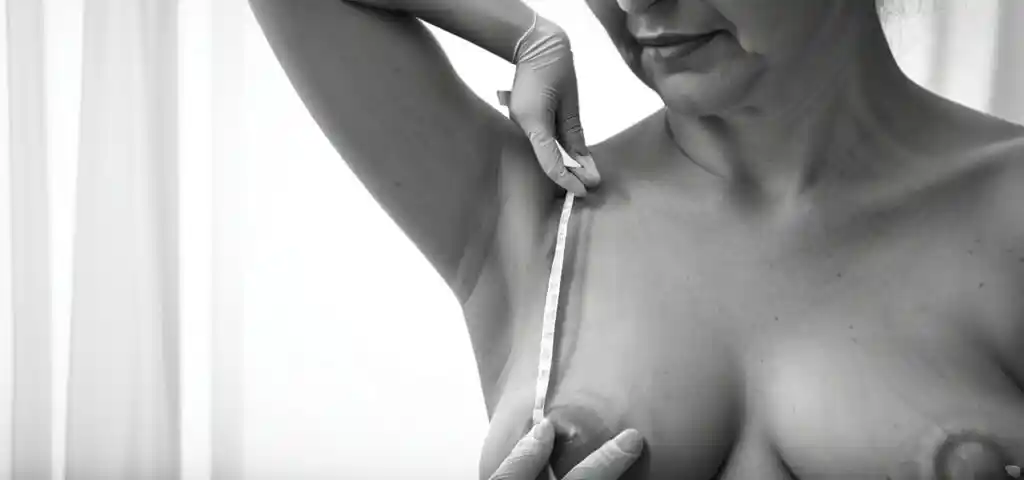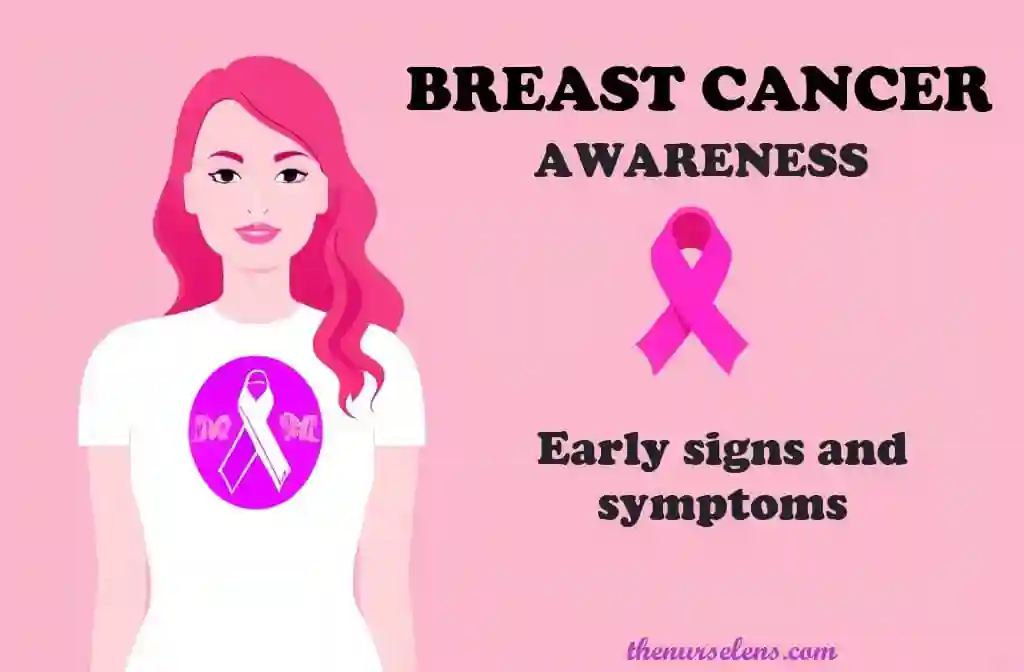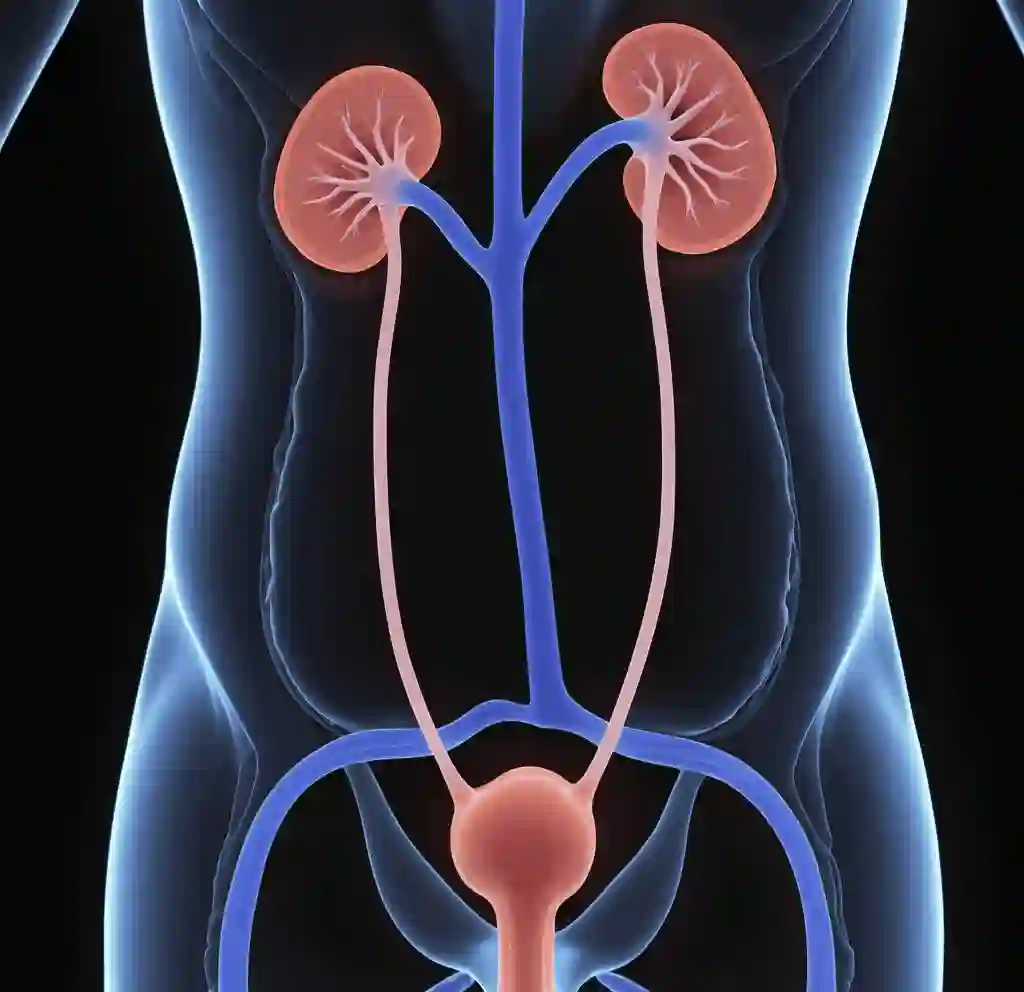
Last updated: October 24, 2024
15 mins read
What is breast cancer?
Breast cancer is one of the commonest conditions affecting the breast. It is a malignant growth that occurs in the breast tissues. The breast is a complex organ that play a crucial role in the reproductive system and health. Women does not only possess breast; men also have breast which is about a hundred fold smaller as women breast compared to sizes. This is because, men breast is less developed naturally than women unless otherwise.
Overview of the breast
Breast comprises of several components to appear as it is. These are nipple, areola, connective, glandular and fatty tissues which each have a special key role to play. The development of the breast begins from the embryonic stages and continues till adolescent ages when it begins to enlarge and continues. When a woman become pregnant for the first time, the breast accelerates in its enlargement, the nipple and areola darkens and enlarge as response to hormonal changes. The breast changes in size and shape during pregnancy and post lactation. The shape of a pregnant and non-pregnant woman breast also differs according to shape and size. The breast is sensitive and responsive to hormonal fluctuations and lifestyle changes.
Structure of the Breast
The breast is composed of several structures, glands and tissues which contribute to its development, growth and reproductive functions. Among several components are mentioned below;
The milk producing glands and ducts is formed from a tissue called Glandular tissue.It contains lobules for which breast milk is ejected to the nipple for suckling
Connective tissue:Connective tissue is a structure that support and binds breast tissues together
Fatty tissue:Women breast is all about its fatty tissue, thus adipose tissue that provide cushion a shape to the breast for its sexual functioning.

Structure of the breast
advertisement
Diseases and Conditions affecting the Breast
The breast undergoes several changes both physical and physiological. There could be a pathological change as well as physical change in the breast that you might think it's a normal physiological change or due the state of your personal lifestyle. If such change is noticed and care is not taken, it could lead to an unexplained condition you would not understand. There are several changes occurs in the breast that leads to disease condition.Therefore, it is recommended to do self-breast examination to prevent and take notice of any changes in the breast that may seems abnormal. Some of the changes and conditions include;
Breast cancer:Breast cancer is one of the commonest conditions affecting the breast. It is a malignant growth that occurs in the breast tissues.
Mastitis:Mastitis is an inflammation of the breast tissues. It is commonly seen in breastfeeding mothers during lactation.
Fibrocystic breast changes:This is a benign or non-cancerous change usually characterize by lumps, cyst and breast pain.
Fibro adenoma:This is a benign tumor affecting the breast. It is commonly seen in younger females.
Breast cysts:This is a fluid-filled sacs formed in the breast. It is sometimes painful.
Gynecomastia:This is breast tissue enlargement in males, often caused by hormonal imbalances.
When to consult your Doctor
As earlier discussed above, there are several changes that occur in the breast but sometimes some of the changes might need attention. Such changes include;
- Lump in the breast
- Pain in the breast
- Abnormal discharges, thick, green
- Redness around the nipple or when the nipple become tender to touch
- When you see nipple inversion or dimpling
You may also like: What is Pyelitis, causes, signs and symptoms, management & prevention
What is Breast Cancer
Breast cancer is when malignant cells or abnormal cells divide uncontrollably during breast growth development, forming tumors or cancer in the breast. Breast cancer is the most common breast condition and female cancers. There are four types of breast cancer (Ductal carcinoma, Lobular carcinoma, inflammatory breast cancer and metastatic breast cancer).Women exposed to radiation are at greater risk of developing cancer, people of first degree relative with history of cancers are at risk and individuals aged 4 years and older are also at increased risk of getting cancer. Breast cancers account for about 12% of all cancer cases. Individuals age 40years above have increased risk for developing breast cancer. Incidence rate is higher in developed countries.
advertisement
Signs and Symptoms
- Breast cancer presents with signs and symptoms peculiar to the condition.
- There is pain or painless lumps in the breast
- Nipple and breast shape changes
- Abnormal discharges from the breast either green or thick discharge
- There is severe or persistent pain lasting for days
Diagnosis and Treatment Options
Your doctor may order imaging studies such as Magnetic Resonance Imaging (MRI) or Ultrasound. Mammography, thus X-Ray of the breast. Tissue Biopsy may also be ordered for cancer and staging studies. Surgery is done to remove part of the affected breast. Radiation therapy such as brachytherapy or external beam is used to kill cancer cells. Hormone and chemotherapy are also introduced to treat systemic cancer spread.

Radiation therapy
Preventive Measures
- Regularly go for check-ups, that could be monthly or annually for breast examination and screening
- Frequently do breast self-examination at home to detect any abnormal changes such as lumps
- Exercise regularly to reduce risk
- Eat balance diet, whole grain, fruit and vegetables
- Limit or avoid alcohol intake
- Practice proper breast hygiene
- Breast feed your child well to reduce risk
- Wear well supportive bras
- Regularly consult gynecologist for breast health concerns
- Be part of the pink month, thus breast cancer awareness month
advertisement










